Categories
- FQA (36)
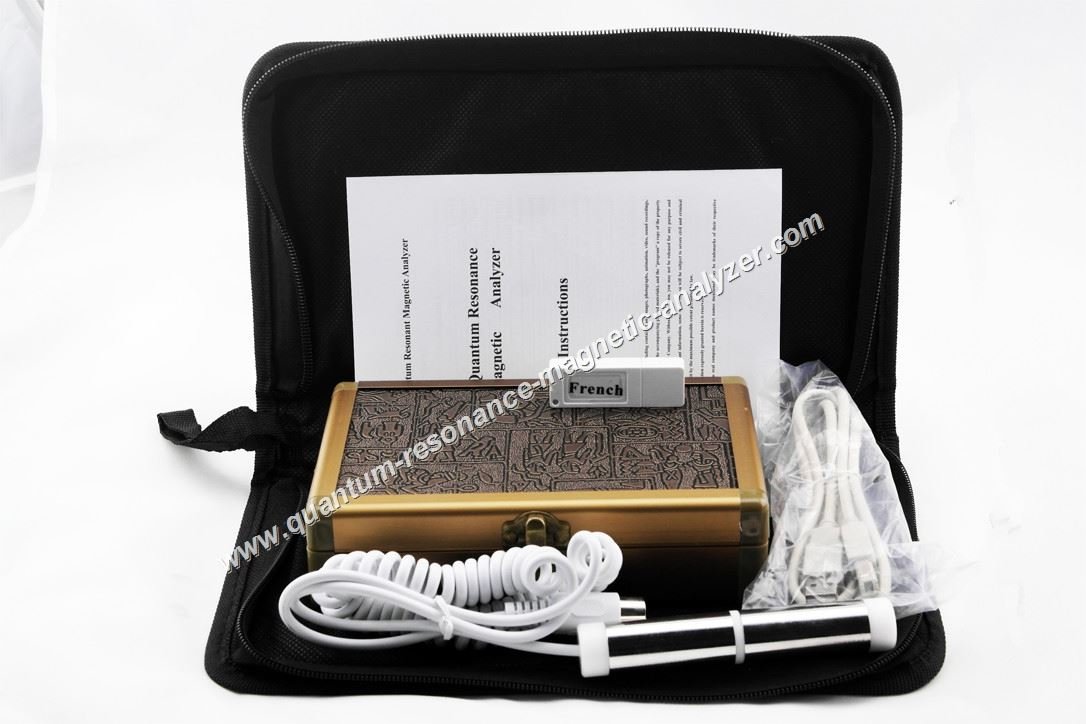
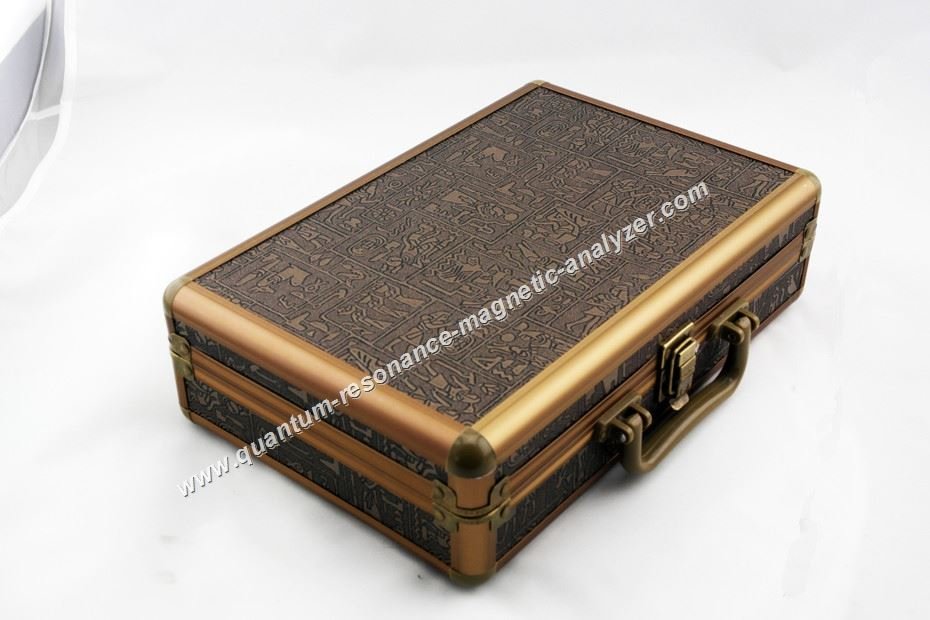
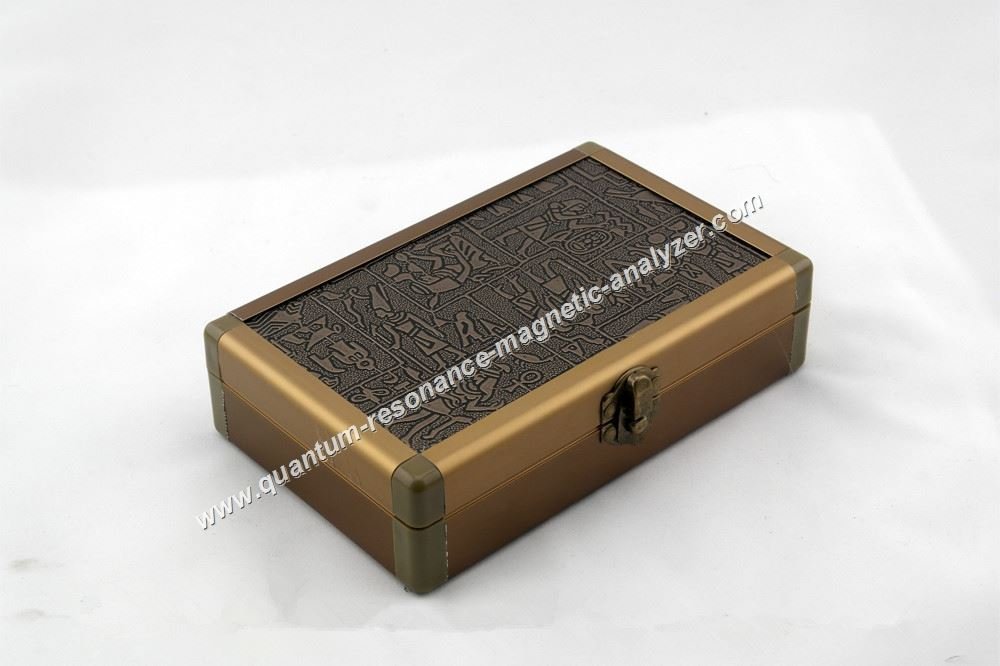
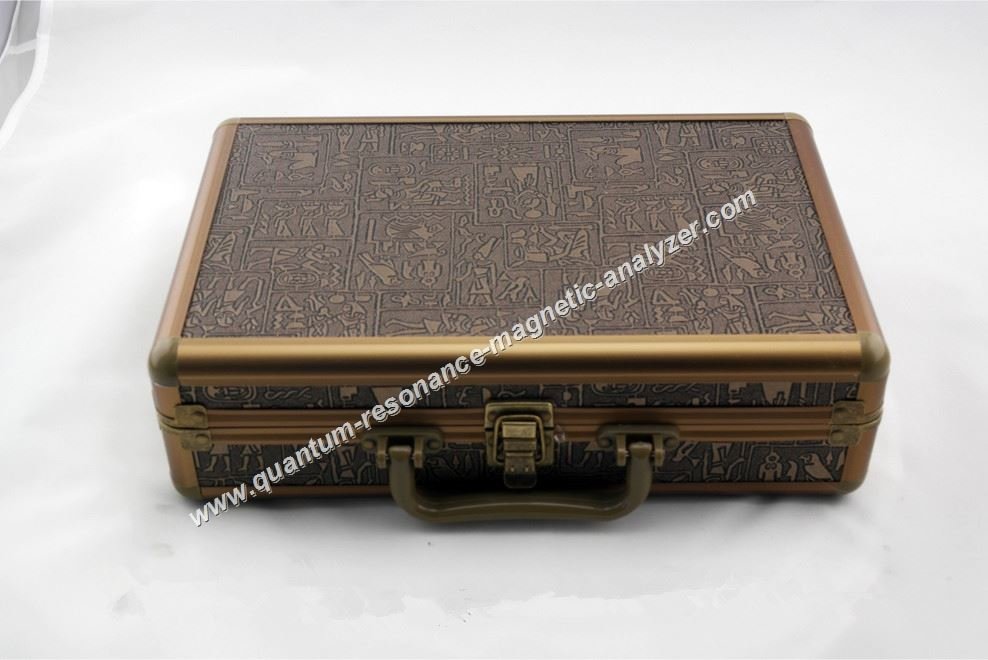
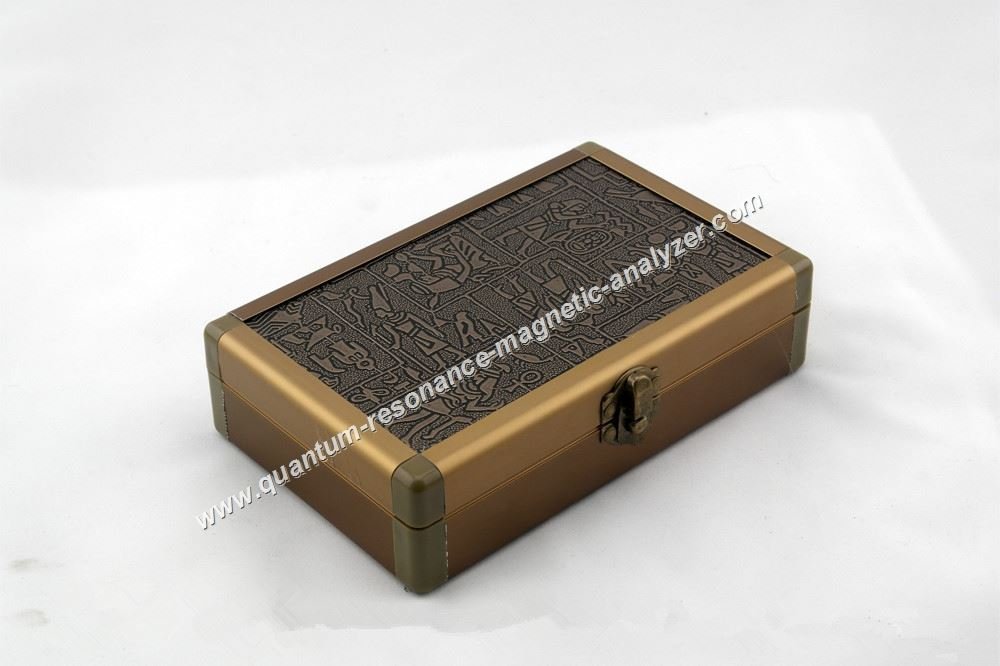
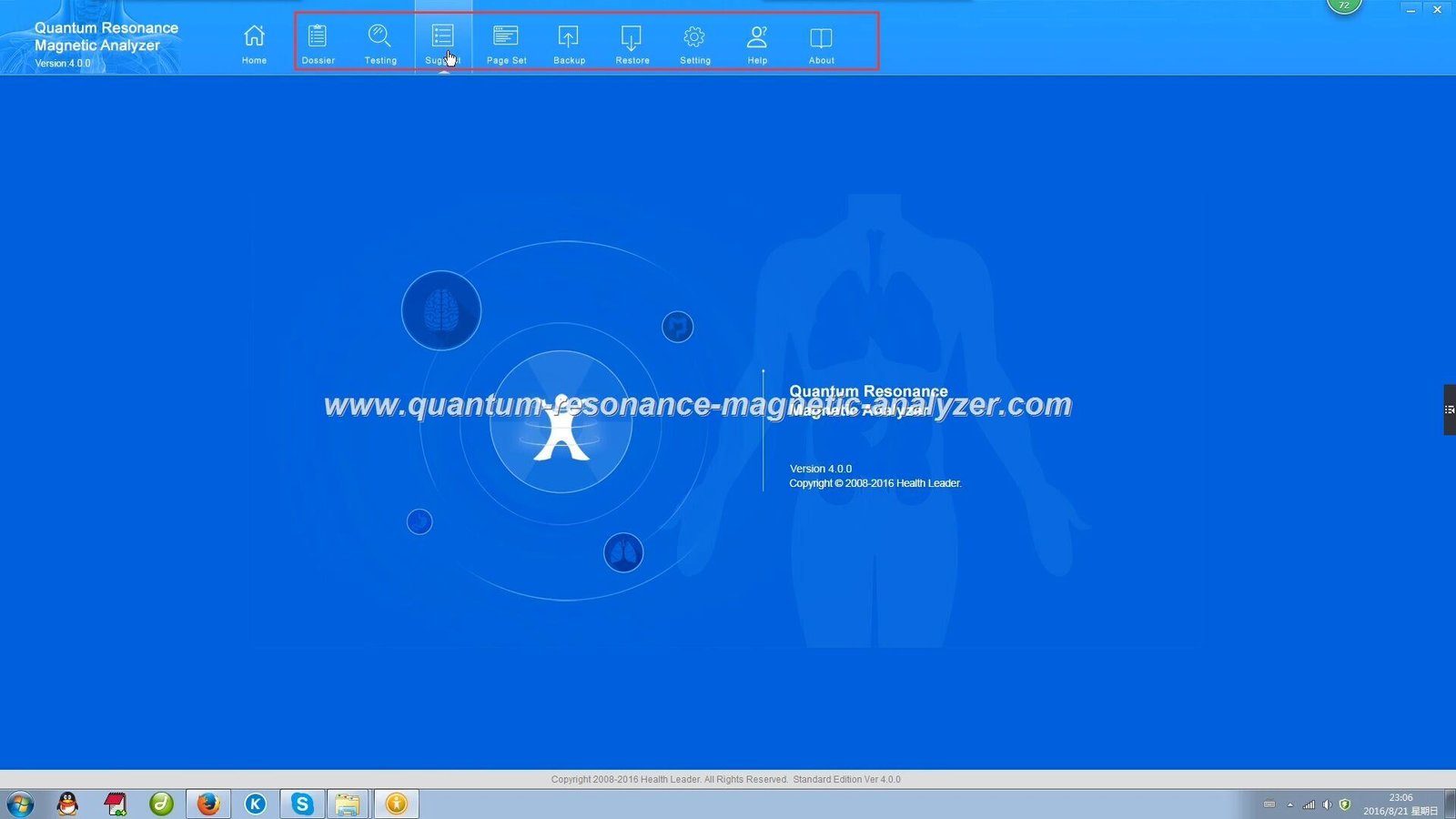
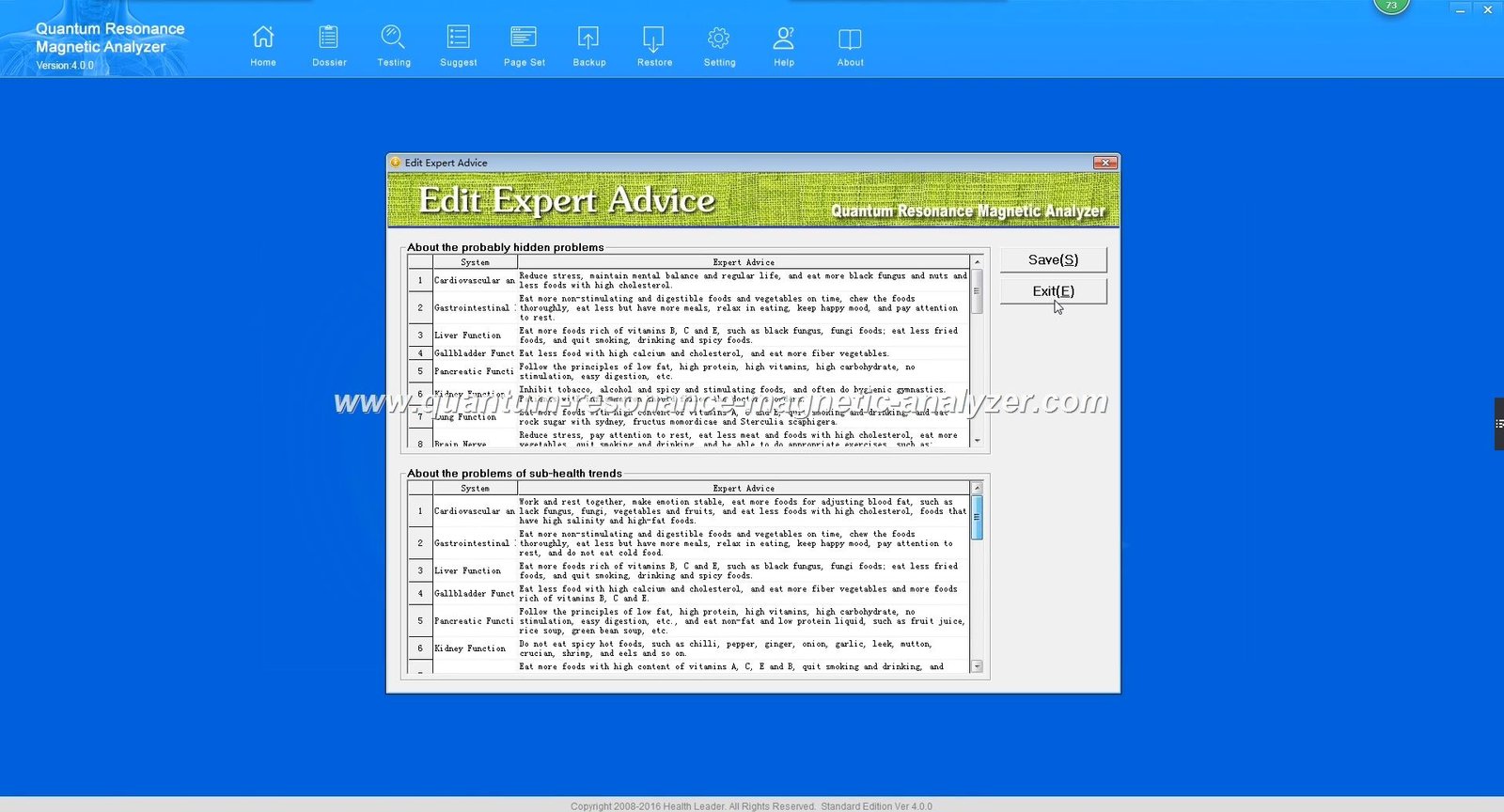
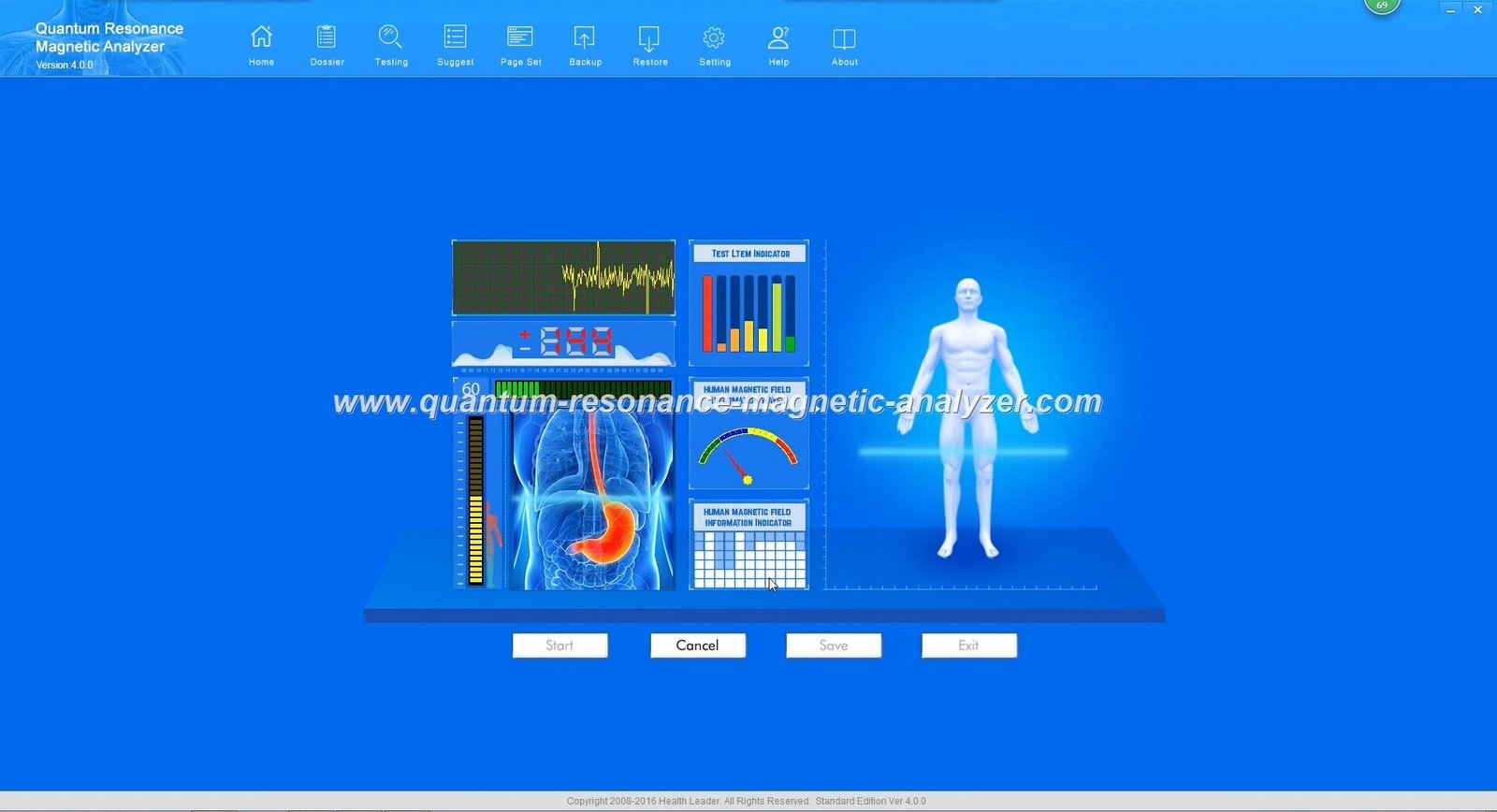
The Quantum Resonance Magnetic Analyzer is a diagnostic device that claims to collect and analyze the weak magnetic fields produced by human cells. By having the patient hold a sensor in their palm, the device purportedly captures health data from various body systems within minutes, providing a comprehensive health assessment without invasive procedures.
The technology behind the Quantum Resonance Magnetic Analyzer is based on quantum medicine principles, which suggest that all cells emit specific electromagnetic signatures. The device works by:
The latest generation models support Windows and Android operating systems and feature enhanced connectivity through USB ports 1.1/2.0/3.0 for swift data transfer and updates.


Unsure if this technology is right for your facility? Our experts can provide personalized guidance based on your specific needs and budget constraints.
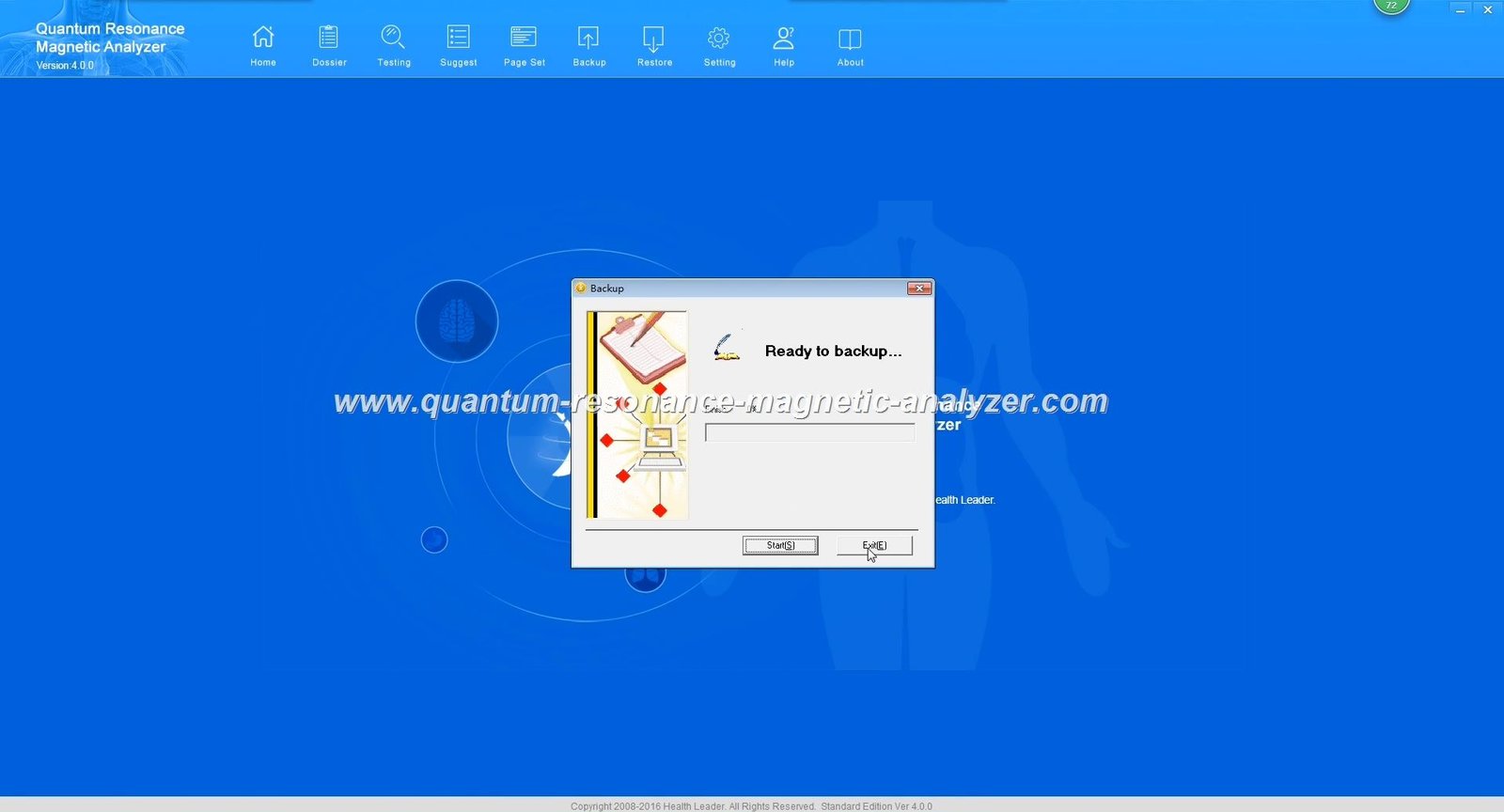
Understanding the full cost implications of investing in a Quantum Resonance Magnetic Analyzer requires looking beyond just the initial purchase price. Let’s break down the complete financial picture to help you make an informed decision.
The market offers various models of Quantum Resonance Magnetic Analyzer at different price points, generally determined by generation, features, and included software:
| Model Type | Price Range (USD) | Features | Best For |
| Basic Models | $200-350 | Standard analysis, basic reporting, limited database | Individual practitioners, small wellness centers |
| Mid-Range Models | $350-600 | Enhanced analysis, 40+ health reports, expanded database | Established wellness centers, alternative medicine practices |
| Premium Models | $600-1,200 | Advanced analysis, 50+ detailed reports, therapy functions | Medical clinics, diagnostic centers, hospitals |
| Professional Systems | $1,200-2,500 | Comprehensive analysis, therapy capabilities, advanced software | Large medical facilities, research institutions |
Prices may vary significantly based on region, with devices in Nigeria costing approximately ₦85,000 ($230) for basic models, while premium versions in other markets can reach ₹19,999 ($700) or more.
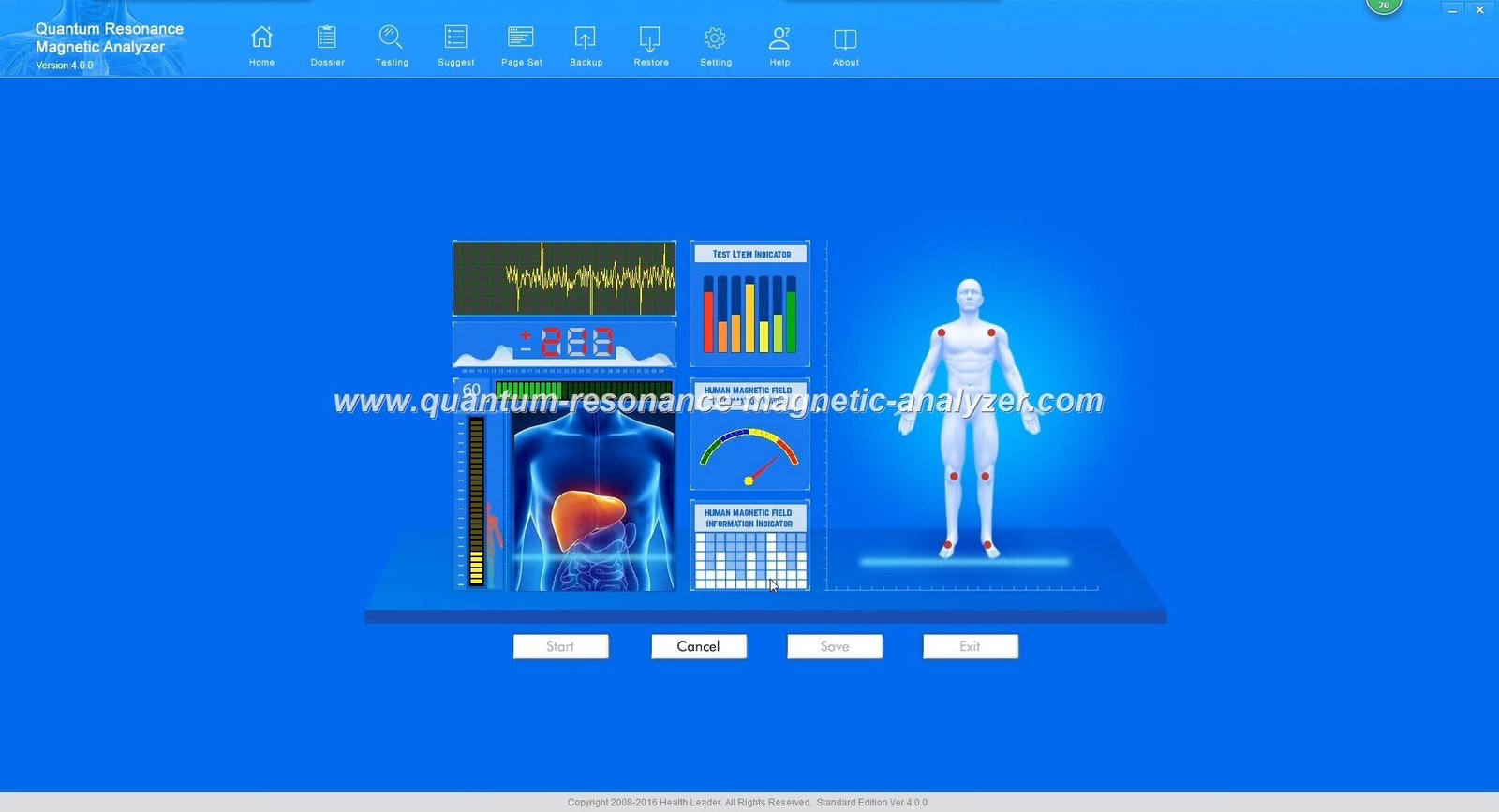
Beyond the initial purchase, several ongoing costs should be factored into your budget planning:
| Factor | Quantum Resonance Magnetic Analyzer | Traditional Diagnostic Methods |
| Initial Investment | $200-2,500 (one-time) | $1,000-100,000+ (varies by equipment) |
| Per-Test Cost | $0 (after purchase) | $50-500+ per test |
| Maintenance | $150-450 annually | $1,000-10,000+ annually |
| Staff Requirements | Minimal training needed | Specialized technicians required |
| Space Requirements | Minimal (laptop + device) | Dedicated rooms often needed |
| Test Duration | 1-5 minutes per patient | 15-60+ minutes per test |
While the Quantum Resonance Magnetic Analyzer is designed to be user-friendly, proper training ensures you maximize your investment:
Some vendors include basic training with purchase, while others charge $100-300 for comprehensive training programs.

Software updates are crucial for maintaining accuracy and expanding capabilities:
Update policies vary by manufacturer – some offer free updates for 1-2 years, while others charge subscription fees ranging from $50-150 annually.

Beyond the cost considerations, the true value of a Quantum Resonance Magnetic Analyzer lies in the tangible benefits it delivers to your practice and patients. Let’s examine the key value drivers that may justify your investment.
While scientific validation of quantum analysis technology continues to evolve, many practitioners report valuable insights:
Many practitioners use the Quantum Resonance Magnetic Analyzer as a complementary tool alongside traditional diagnostics, finding value in its ability to provide a comprehensive overview that may highlight areas needing further investigation.
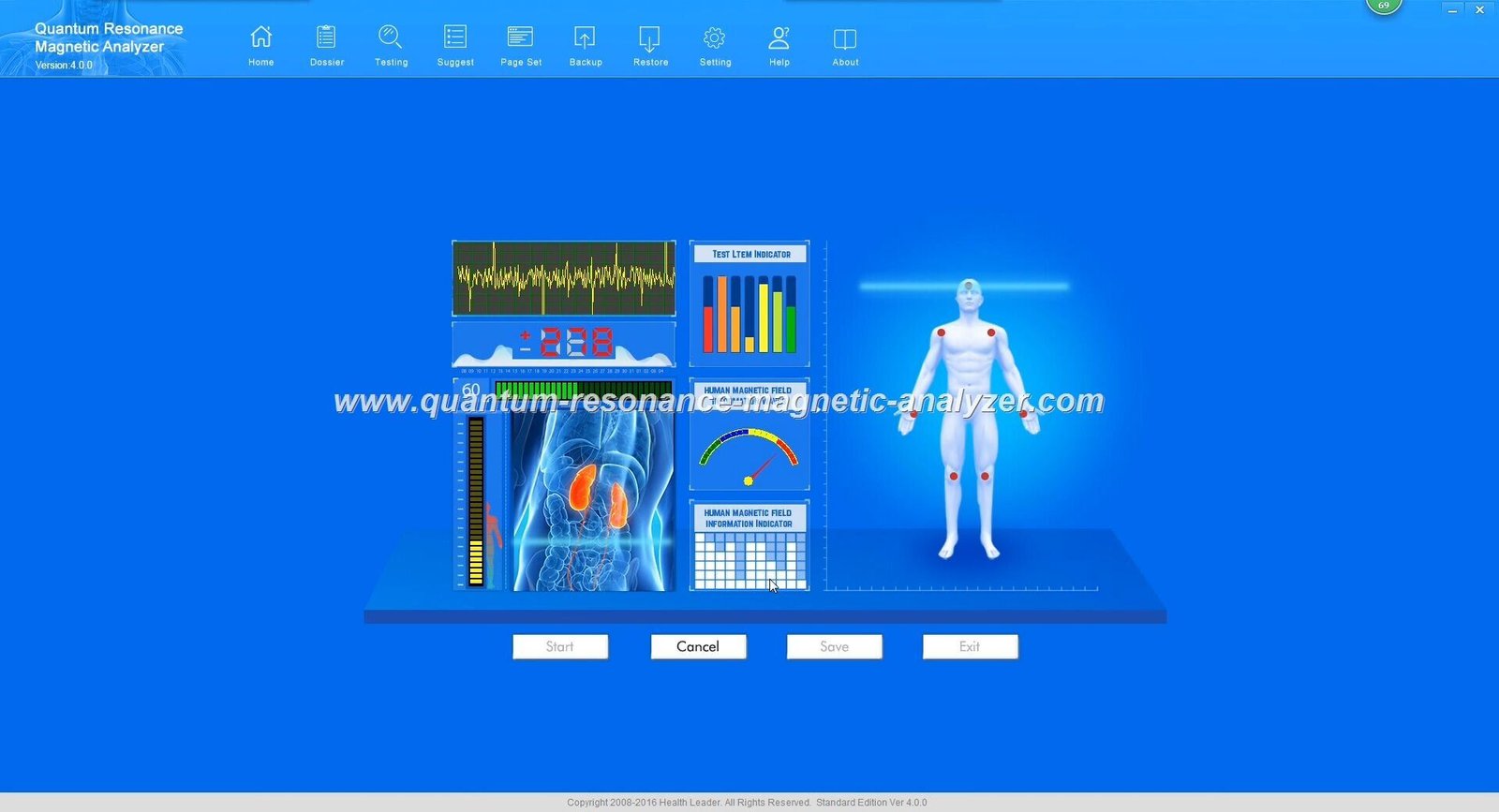
One of the most significant advantages of the Quantum Resonance Magnetic Analyzer is the dramatic reduction in diagnostic time:
| Assessment Type | Traditional Method Time | QRMA Time | Time Savings |
| Comprehensive Health Screening | 3-5 hours (multiple tests) | 1-5 minutes | 98%+ |
| Nutritional Assessment | 1-2 hours + lab work | Included in basic scan | 95%+ |
| Organ Function Overview | Multiple specialized tests | Included in basic scan | 90%+ |
| Follow-up Monitoring | 30-60 minutes per system | 1-5 minutes (full reassessment) | 85%+ |
This efficiency translates directly to practice revenue potential, allowing you to serve more patients while providing comprehensive assessments.

Investment: $450 (Basic Model)
Monthly Revenue: $1,200 (30 scans @ $40)
ROI Timeline: 2-3 months
A small wellness center purchased a basic model and offered scans as both standalone services and complementary with other treatments, reaching profitability within the first quarter.
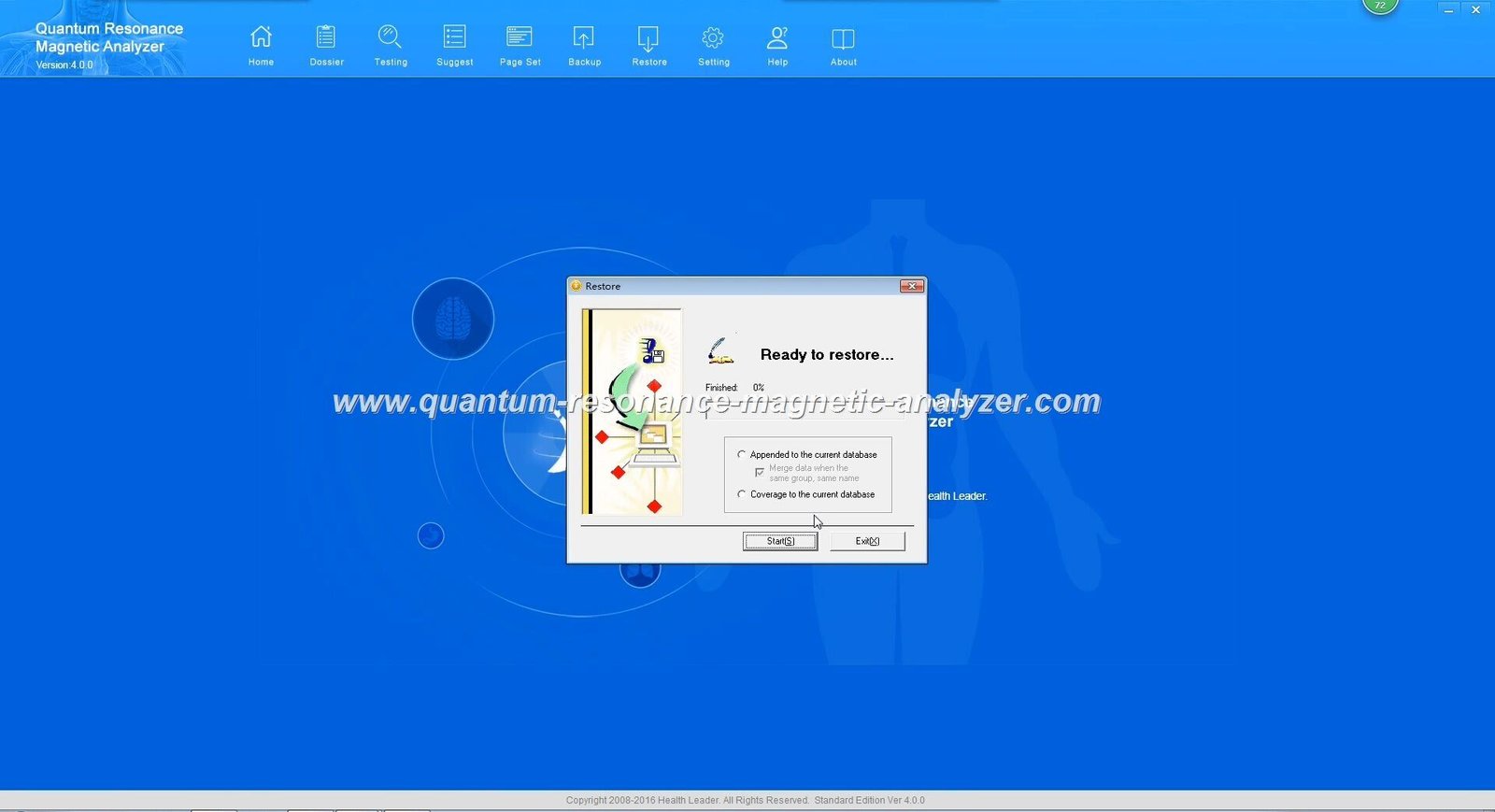
Investment: $950 (Premium Model)
Monthly Revenue: $3,200 (40 scans @ $80)
ROI Timeline: 4-5 months
An integrative medicine clinic integrated the analyzer into their initial patient workup, creating a new revenue stream while enhancing their diagnostic capabilities.

Investment: $1,800 (Professional System)
Monthly Revenue: $6,000 (120 scans @ $50)
ROI Timeline: 6-8 months
A hospital’s preventive medicine department added the analyzer to their executive health screening program, significantly reducing assessment time while increasing patient satisfaction.
Our specialists can help you determine the exact financial benefits for your specific practice model. Contact us for a personalized ROI analysis.

The Quantum Resonance Magnetic Analyzer offers different value propositions depending on your specific context. Let’s examine which types of users typically see the greatest return on investment.
For hospitals and medical clinics, the Quantum Resonance Magnetic Analyzer typically works best as a complementary screening tool that can identify areas needing further investigation through conventional diagnostic methods.

Wellness centers often see the fastest ROI with the Quantum Resonance Magnetic Analyzer, as it aligns perfectly with their preventive and holistic health approach while creating a new revenue stream.

Individual users typically purchase the Quantum Resonance Magnetic Analyzer for family health monitoring or specific health concerns they wish to track regularly. The investment makes most sense for health-conscious individuals who would otherwise spend significantly on regular health screenings.

Before making your investment decision, it’s important to consider alternative technologies that may serve similar purposes. Understanding how the Quantum Resonance Magnetic Analyzer compares to these alternatives can help clarify its unique value proposition.
| Technology | Price Range | Key Advantages | Limitations |
| Quantum Resonance Magnetic Analyzer | $200-2,500 | Comprehensive assessment in minutes, non-invasive, no per-test costs | Scientific validation still evolving, requires interpretation |
| Bioresonance Devices | $1,000-5,000 | Assessment and treatment capabilities, established in Europe | Higher cost, longer learning curve, limited research |
| Body Composition Analyzers | $200-3,000 | Scientifically validated for body composition, simple operation | Limited to body composition metrics, not comprehensive health |
| Traditional Lab Testing | $50-500+ per panel | Established medical validity, insurance coverage | Invasive, time-consuming, high per-test costs |
| EAV/Electrodermal Screening | $1,500-4,000 | Established in alternative medicine, point testing capability | Operator-dependent, longer testing time, limited parameters |

When evaluating the overall value proposition, consider these key factors:
The Quantum Resonance Magnetic Analyzer offers a unique combination of comprehensive assessment, speed, and affordability that positions it favorably for many users, particularly those focused on preventive health and wellness approaches.
The accuracy of the Quantum Resonance Magnetic Analyzer varies depending on the parameter being measured. Many practitioners report good correlation with conventional testing for general health parameters, nutritional status, and basic organ function assessments. However, it should not be used as the sole diagnostic tool for medical conditions. Rather, it serves as a screening tool that can identify areas needing further investigation through conventional medical testing.
Most wellness centers and healthcare practices achieve ROI within 3-8 months when implementing a fee-for-service model. Factors affecting ROI include:
Individual users typically evaluate ROI based on the cost savings from reduced conventional testing and early intervention benefits.
No special certification is legally required to operate the device in most regions. However, proper training is essential for accurate interpretation of results. Most manufacturers provide basic training with purchase. For healthcare professionals, understanding how to integrate the findings with conventional medical knowledge is important. Some distributors offer advanced certification programs for practitioners wanting to maximize the technology’s benefits.
Typical ongoing costs include:
These costs are generally minimal compared to the maintenance costs of traditional diagnostic equipment.
The Quantum Resonance Magnetic Analyzer is not a replacement for medical-grade diagnostic equipment. While medical equipment typically focuses on specific parameters with high precision, the quantum analyzer provides a broad overview of many systems simultaneously. Medical equipment generally has more extensive clinical validation and may be required for definitive diagnosis. The quantum analyzer is best used as a screening tool that can identify areas needing further investigation through conventional medical testing.
Most manufacturers offer a 1-2 year warranty on hardware components. Software support varies by provider, with some offering unlimited support and others providing tiered support packages. When purchasing, it’s important to clarify:
Quality distributors typically provide ongoing support beyond the basic warranty period.
In most countries, Quantum Resonance Magnetic Analyzer assessments are not directly billable to insurance as they are not yet widely recognized as standard medical procedures. Most practitioners offer these services as cash-pay options. Some integrative medical practices may incorporate the assessment as part of a broader evaluation that may have billable components. Consult with a healthcare billing specialist familiar with your local regulations for specific guidance.
With proper care and maintenance, most units function effectively for 5-8 years. The hardware components are relatively simple and durable. Software updates can extend the useful life by adding new features and expanding the analysis database. Some users report using their devices for 10+ years with periodic updates and maintenance.
Contact our specialists for personalized guidance on selecting the right model for your needs, current pricing, and implementation strategies for your facility.

The value proposition of the Quantum Resonance Magnetic Analyzer varies significantly depending on your specific context and goals. For wellness centers and integrative health practices, the combination of comprehensive assessment capabilities, rapid testing, and new revenue potential often makes it a worthwhile investment with quick ROI.
For traditional medical facilities, the technology serves best as a complementary screening tool that can enhance patient experience while potentially identifying areas needing further conventional investigation. Individual users must weigh the convenience of home health monitoring against the higher per-user cost.
When evaluating this investment, consider not just the initial purchase price but the total value delivered through time savings, new service offerings, patient satisfaction improvements, and the ability to provide more comprehensive health insights. For many practitioners, the Quantum Resonance Magnetic Analyzer has proven to be a valuable addition to their health assessment toolkit, delivering both tangible ROI and enhanced care capabilities.
To determine if this technology is right for your specific situation, we recommend consulting with our specialists who can provide personalized guidance based on your facility type, patient demographics, and business goals.
